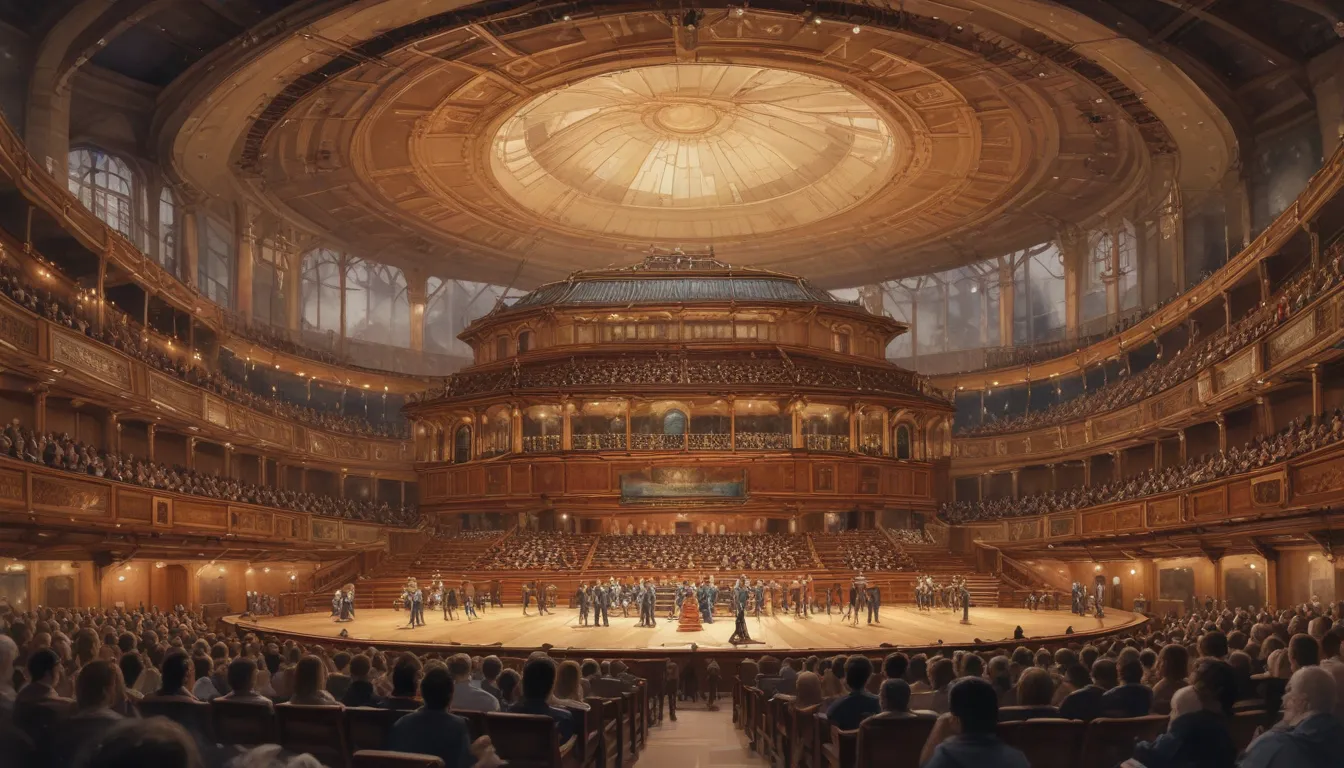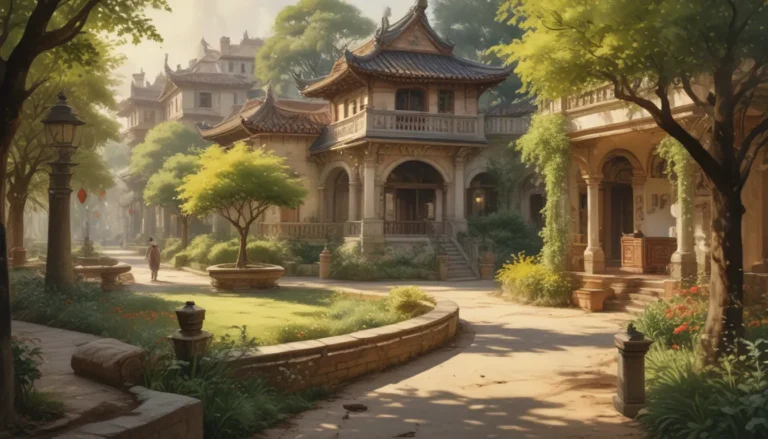The images in our articles are for illustrative purposes only and may not exactly match the content. They are intended to capture your interest and complement the text, not to replace it.
Welcome to the majestic world of Royal Albert Hall, a cultural icon nestled in the heart of London. Since its inception in 1871, this grand concert hall has stood as a beacon of artistic excellence, captivating audiences with its awe-inspiring architecture and unparalleled acoustics. While many are familiar with its grandeur and significance, there are hidden gems and untold stories that make Royal Albert Hall a truly remarkable destination. Join us as we unravel 19 surprising facts about this legendary venue, from secret tunnels to famous performances, and delve into the rich tapestry of history that defines Royal Albert Hall.
The Magnificent Creation of Royal Albert Hall
In 1867, the construction of Royal Albert Hall began, a monumental feat that brought to life a vision of architectural brilliance. Designed by Francis Fowke and Henry Darracott Scott, this iconic concert hall took nearly a decade to complete, standing as a testament to Victorian craftsmanship and ingenuity.
A Tribute to Prince Albert
Named in honor of Prince Albert, the beloved husband of Queen Victoria, Royal Albert Hall is a living tribute to his vision of promoting arts and sciences for the betterment of society. This grand edifice stands as a testament to his enduring legacy and commitment to cultural enrichment.
A Grand Venue for the Masses
With a seating capacity of over 5,200, Royal Albert Hall is one of the largest concert halls in the world, providing a stage for grand orchestral performances, operas, ballets, and a myriad of cultural events. Its vast expanse serves as a canvas for artistic expression and creative exploration.
The Grand Organ: A Masterpiece of Craftsmanship
Featuring a remarkable 9,999 pipes, the Grand Organ at Royal Albert Hall is a marvel of musical engineering, adding a majestic touch to the hall’s performances. Crafted with precision and artistry, this organ stands as a symbol of the hall’s rich musical heritage.
The Proms: A Celebration of Classical Music
Every summer, the Proms, also known as the Henry Wood Promenade Concerts, grace the stage of Royal Albert Hall with a series of classical music performances. This beloved tradition has become a cornerstone of London’s cultural calendar, enchanting audiences with its melodic symphonies.
A Venue of Historical Significance
From hosting Winston Churchill’s funeral to welcoming legendary artists like The Beatles and Adele, Royal Albert Hall has been a witness to historic events and iconic performances. Its walls resonate with the echoes of greatness, embodying a legacy of cultural richness and artistic brilliance.
Exploring the Hidden Wonders
Beneath its majestic facade, Royal Albert Hall harbors a world of hidden secrets and fascinating treasures. From secret tunnels to a hidden royal entrance, the hall’s mysteries beckon explorers to uncover the untold stories that lie within its hallowed halls.
A Symbol of Artistic Excellence
With its unique oval shape, stunning dome, and rich history of charitable events, Royal Albert Hall stands as a symbol of cultural heritage and artistic excellence. Its grandeur and significance have solidified its place as a beloved venue that celebrates the power of music and performance.
Unveiling the Legacy: A Museum of History
For those eager to delve deeper into Royal Albert Hall’s rich tapestry of history, a museum within the hall offers a glimpse into its fascinating past. Visitors can explore exhibitions that showcase the hall’s impact on the world of music and performance arts, giving insight into its enduring legacy.
The Royal Albert Hall Experience: A Journey of Discovery
Embark on a guided tour of Royal Albert Hall and immerse yourself in its grandeur and history. From backstage areas to the auditorium, these tours offer a behind-the-scenes glimpse into the hall’s architectural marvels and the legends who have graced its stage.
FAQ: Unveiling Royal Albert Hall’s Secrets
-
How old is Royal Albert Hall?
Royal Albert Hall opened on March 29, 1871, making it over 150 years old. -
Can visitors tour Royal Albert Hall?
Yes, the hall is open for tours, allowing visitors to explore its fascinating history and architecture. -
How many seats does Royal Albert Hall have?
The hall has a seating capacity of approximately 5,272, including the stalls, circle, and gallery. -
Does Royal Albert Hall host events other than music concerts?
Yes, the hall hosts a wide variety of events, including ballet performances, film screenings, comedy shows, sports events, and award ceremonies. -
Are there dining options at Royal Albert Hall?
Yes, the hall offers several dining options, including restaurants, cafes, and bars for visitors to enjoy.
Royal Albert Hall: A Legacy of Grandeur and History
As we conclude our journey through the remarkable world of Royal Albert Hall, we are left in awe of its grandeur, history, and cultural significance. From its illustrious past to its vibrant present, the hall stands as a beacon of artistic excellence and a testament to the enduring power of music and performance. Whether you are a music lover, history enthusiast, or simply appreciate architectural marvels, Royal Albert Hall offers a treasure trove of experiences waiting to be explored. Join us in celebrating this iconic venue and unraveling the rich tapestry of stories that define its legacy.
Was this page helpful?
Our commitment to delivering informative and engaging content is unwavering, with each fact contributed by real users like you, bringing a diverse range of insights and information. Our dedicated editors ensure the highest standards of accuracy and reliability, guaranteeing that the facts we share are not only fascinating but also credible. Trust in our dedication to quality and authenticity as you continue to explore and learn with us.






